Merci. Rakete.co
Posted in Motto Berlin store, photography on February 24th, 2018Tags: Erik Steinbrecher, rakete.co
Printed on a Riso RZ390UI
9 colors
Perfect bound
Cougar Natural Smooth paper
Edition of 60 + 2 artist proofs
22 ads
20 letters
2 interviews
This volume was printed on a Risograph, whose lineage comes from the Mimeograph and Gestetner, two processes once used to print underground and alternative newsletters, magazines, and posters. Looking a lot like a copy machine, the Riso offers a do-it-yourself, economical process that prints one color of ink at a time using a thermal cut screen from a digital image.
Given the size and scope of The Positions and Situations Project, it will be printed in three separate volumes. Volume 2 will cover years 1974 to 1975, and Volume 3 will pick up the rest of 1975 and finish up in 1976, the final year of the Positions and Situations section and the beginning of the end of the Back-to-the-Land Movement.
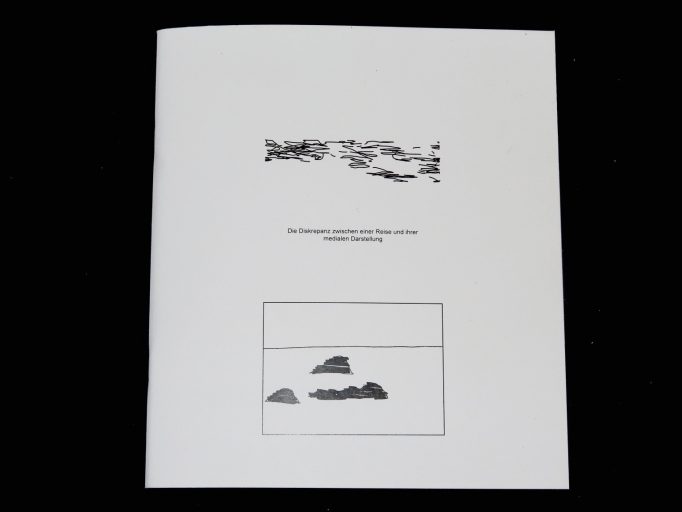
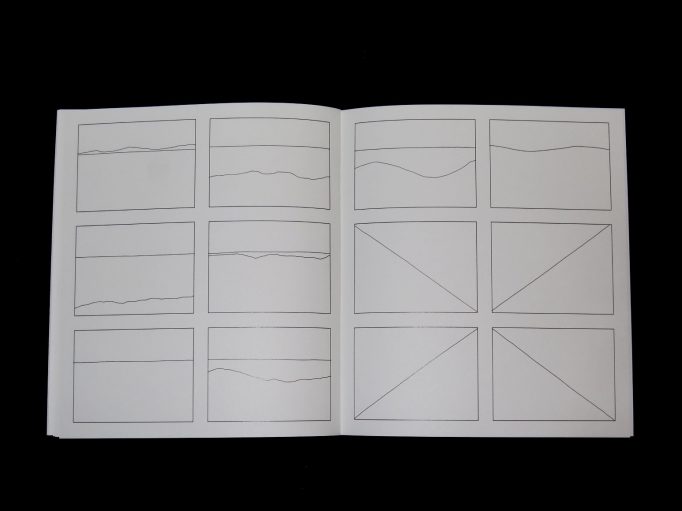
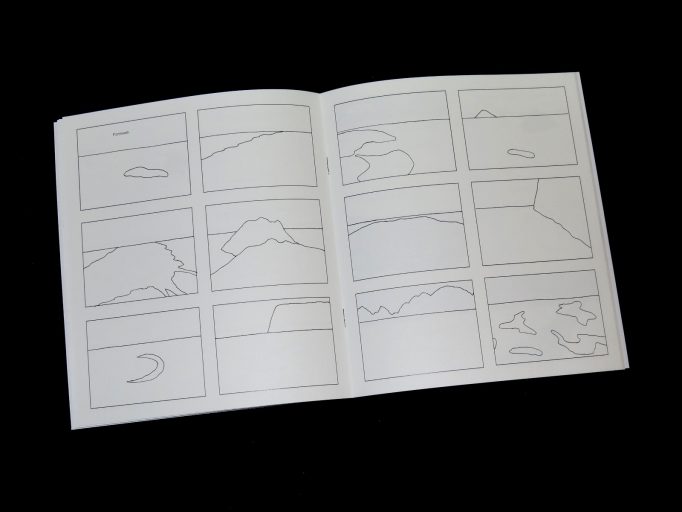
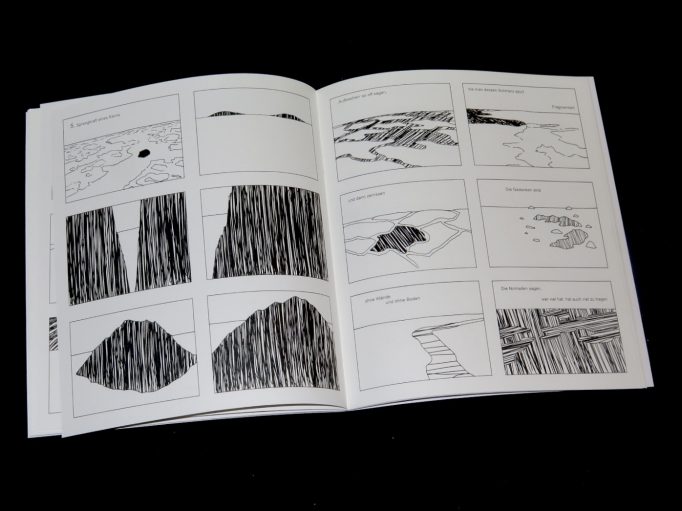
Author: Nico Jungel
Publisher: Motto Books, 2018
Language: Deutsch
Size: 21.5 X 19 cm
Binding: Softcover, saddle stitched
BUY
The second issue of Type Life brings a cornucopia of visual inspiration. Swiss Typefaces presents insights into their cosmos of style, fonts, and fashion. This is the only place where you’ll find both Rihanna and Rudolf Koch, and where photos of contemporary art and streetwear are framed by engravings from the Caslon foundry. Type Life doesn’t make many words, and instead shows plenty of letterforms. Printed in six Pantone colors, it features mirrored words, slanted letters, gradients and all the other things your design prof wouldn’t approve of.
At the heart of this issue is Sang Bleu – the name both of a typeface and of a creative agency. Over the past decade, the two have built a legacy together. Shown are fonts that debuted in the Sang Bleu magazine, some of which later were released by Swiss Typefaces, and others that remained private. Custom typefaces designed for Vogue appear next to the experimental script variant SangBleu Snakes, followed by a stunning guest contribution from the Paris-based Studio Jimbo. Type Life #2 is made perfect by an introduction to the all-new SangBleu typeface and the accompanying printed book that showcases its 5 collections and 45 styles, released in October 2017.
Publisher: SWTY Publishing, 2017
Language: English
Pages: 36
Size: 23.5 x 32 cm
Binding: Softcover, loop staples
Printing: Offset, 6 Pantone colors
Printed in Switzerland
The second issue of BORSHCH explores electronic music on and beyond the dance floor. BORSHCH #2 presents conversations with Volruptus, Steffi, Gudrun Gud, Rødhåd, Perc. Special editorial on Berlin Atonal 2017 considers the festival through the lens of curators’ perspectives with organisers, Varg and Nordic Flora. BBC Radiophonic Workshop encourage to experiment and listen. Loke Rahbek of Posh Isolation takes an intimate look at Copenhagen’s punk and noise scene. Species of Fishes talk about sound symbolism and disclose reissued wisdoms. BORSHCH discusses development of electronic music scene in Kyiv step by step with politics aside.
On the occasion of their exhibition at the Westfälischer Kunstverein, Slavs and Tatars present Kirchgängerbanger: a new, bi-lingual (Eng/DE) reader on Johann Georg Hamann, the 18th century polemicist, frenemy of Kant, and proto-Postmodernist who critiqued the Enlightenment with an unlikely mix of Lutheran theology and vulgar sexuality, enough to make even Bataille blush: “My coarse imagination has never been able to conceive of the creative spirit without genitalia.” With an introduction by Slavs and Tatars and a selection of Hamann essays including the triple-platinum hits “New apology of the Letter H” and “New Apology of the Letter H by Itself”.
Divided into three series, the extensive collection of Daniela Keizer’s photographs taken in the winter of 2008/09 in Cairo are combined in this illustrated book. Observed from the inside of a building on the Champollion Road, a picture of the adjacent area unfolds in 296 photographs. Again and again the same buildings, roofs and trees appear in the midday light, at sunset or at night in the reflection of electric lighting. A repetition that sharpens our perception. Slight shifts in perspective, time of day and weather direct the eye to ever new details. The illustrated book is accompanied by a collection of conversations in which, starting with the viewing of the photographs, the focus is on everyday Egyptian life. The acoustic recordings of these observations, Portrayals and narratives provide additional insights into this district. They are accessible as audio sequences online and can be retrieved along with further information on the project website.
English / Arabic / German
296 illustrations in color
thread stitching
3 brochures without cover
256 / 224 / 112 pages
slipcase with dust jacket
28.5 x 19 cm
ISBN: 9783037461990
design: Georg Rutishauser
The Romanian Archeological Photography Index was begun three years ago through the exploration, excavation, photographing and recording of objects found in Romania dating from the time of the two world wars. It saw Bogdan Gîrbovan and Michele Bressan set out in the footsteps of the “magnets” – the locals who search for objects dating from the two world wars in order to sell them as scrap.
The project takes place on three levels. First, there is the presentation of the landscape, which is taken to be their working perimeter. Then, the objects are located, dug up and photographed in situ. These are then removed from the environment in which they were found, i.e. they are decontextualized, and photographed in a controlled environment. Through this latter, objective representation of form, they acquire a clear abstract quality that is suggestive of other forms of interpretation. Together, the three layers comprise a series of archaeological episodes in which photography is used as a means of documentation and a tool of study.
A hybrid object, at the crossroads between history book, photography book and family photo album, this is R.A.P.I. in published form. The final product will contain a wide variety of information and texts intended to create a mapping between the published object, the reader, the authors and the wider context of memory. The design and layout is the work of Matei Câlția.
5 booklets, various formats.
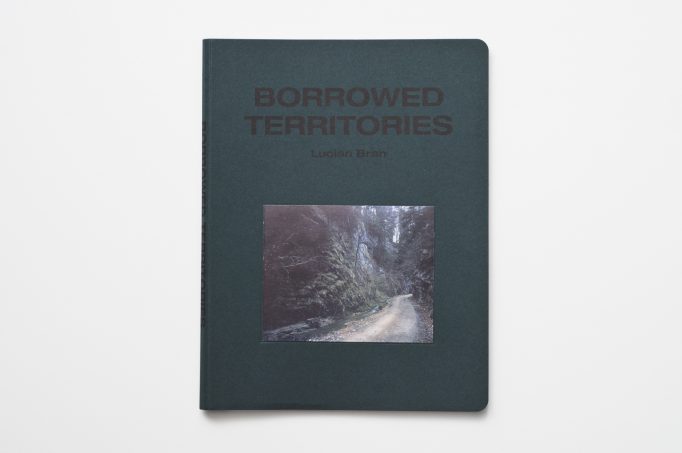
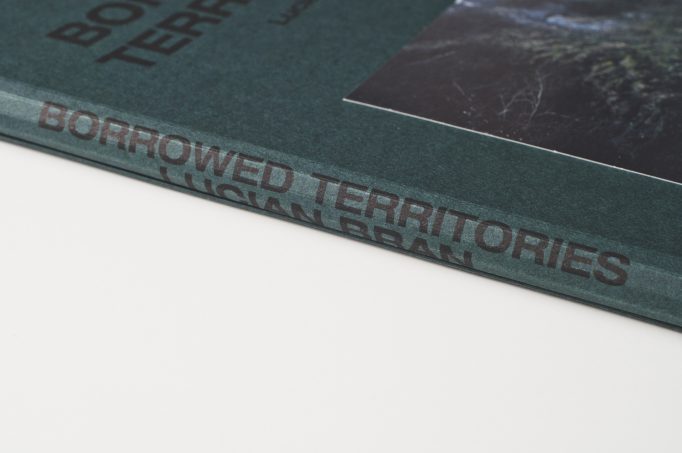
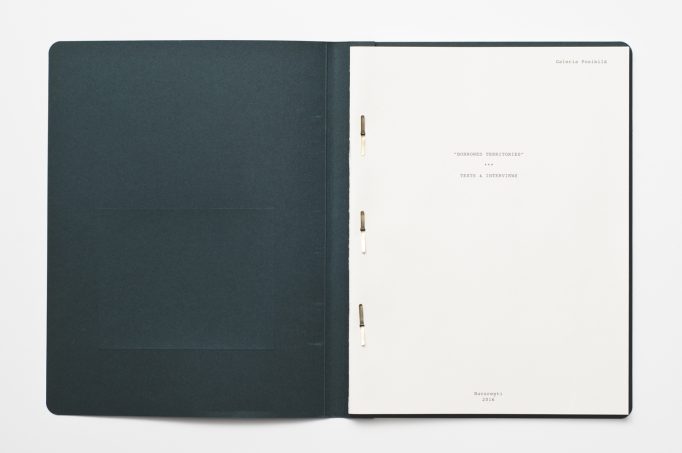
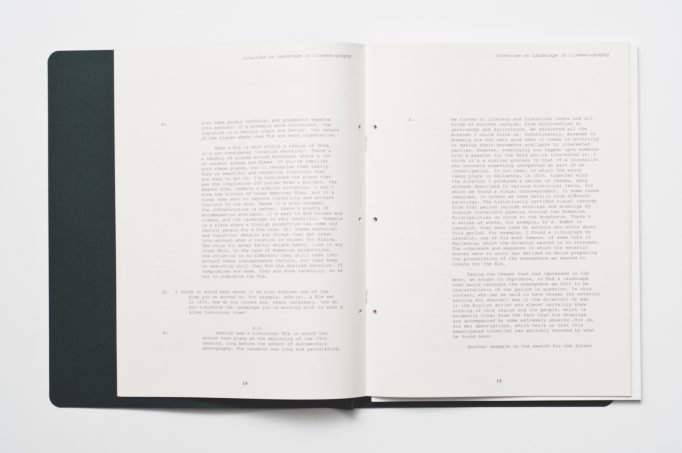
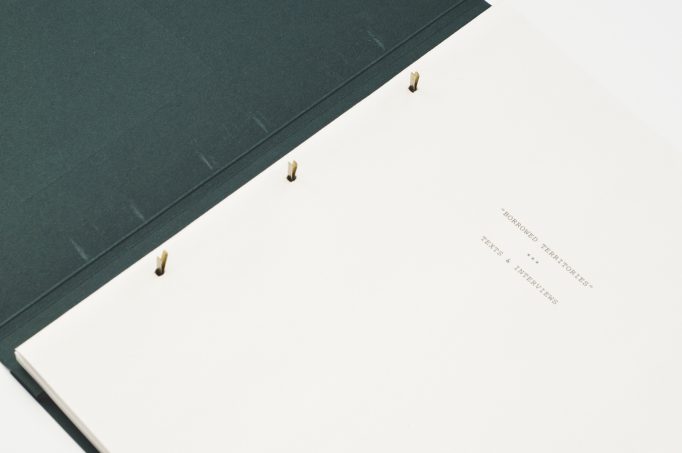
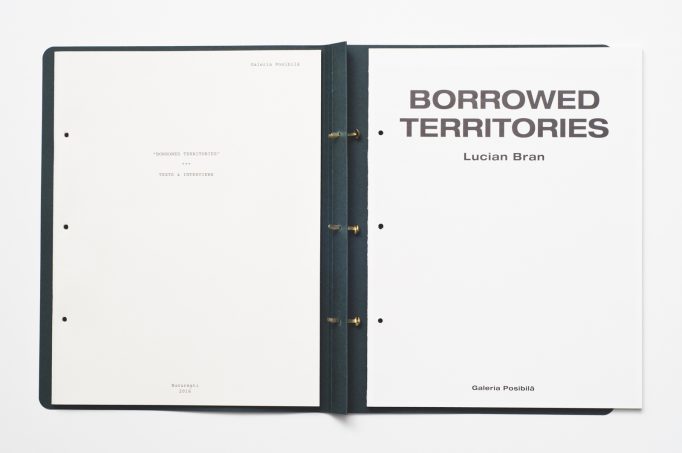
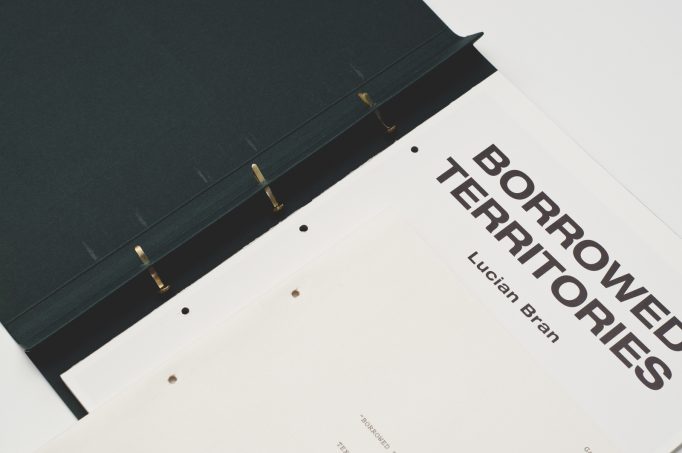
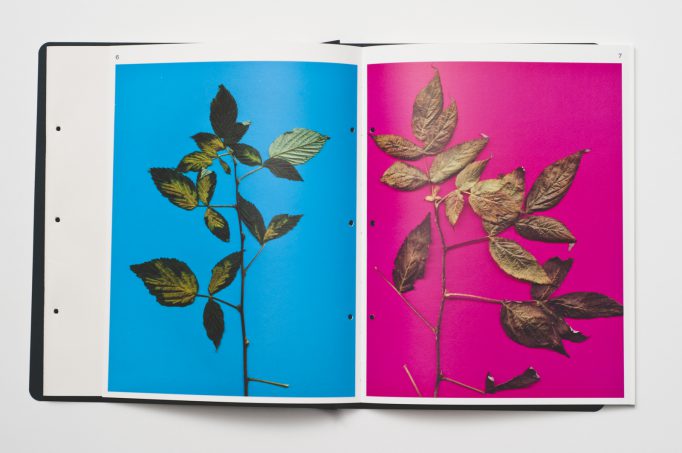
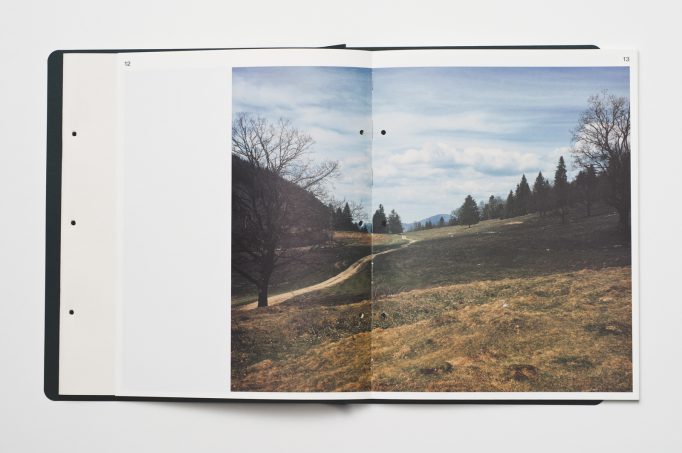
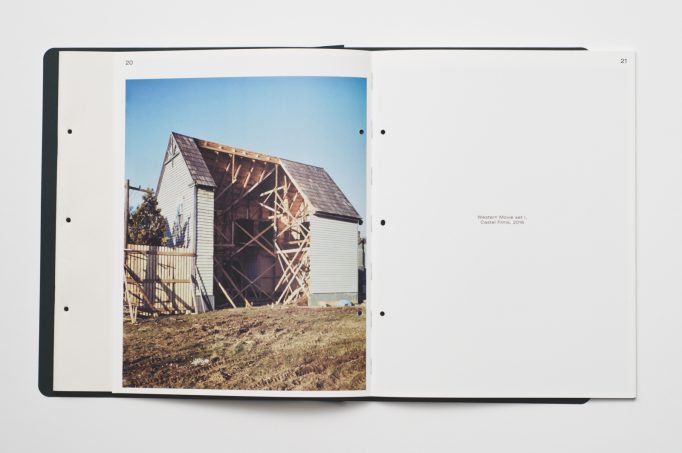
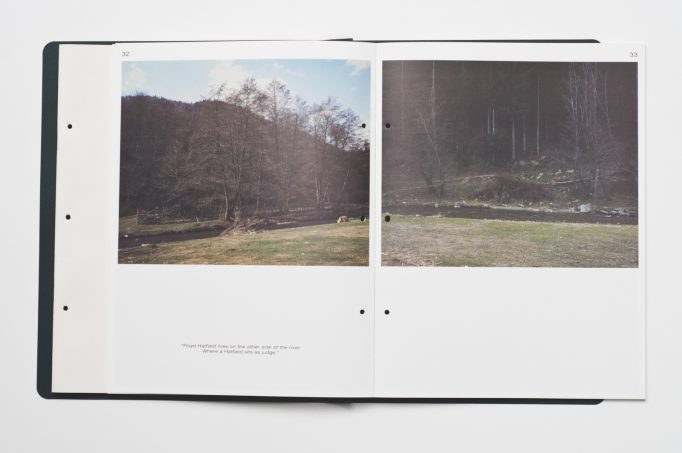
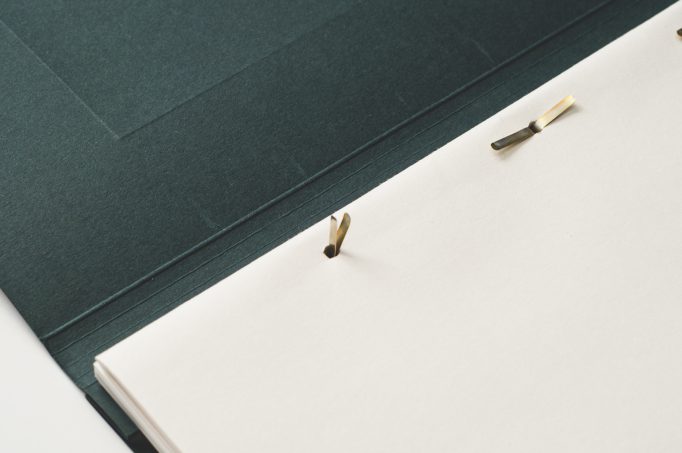
In Borrowed Territories, Lucian Bran goes to the sites where Hatfield & McCoys was shot, a TV series about two confronting families right after the Civil War, in the second half of the XIXth century. He doesn’t travel to Kentucky, nor West Virginia, but to Brașov, Argeș and Ilfov – because this is where the film shootings took place, borrowing the natural scapes to a history which happened thousands of miles away. Bran brings together in his project images from the movie set and film stills, which alternate with his own photographs taken in the same places which were used as backdrop for the movie.
With contributions by Magda Radu, Augustina Stanciu, Monica Stroe, Bogdan Iancu.
În Borrowed Territories (Teritorii împrumutate), Lucian Bran merge în locurile unde s-a turnat filmul Hatfield & McCoys, despre confruntarea a două familii imediat după Războiul Civil American, în a doua parte a secolului XIX. Nu merge-n Kentucky sau în West Virginia, ci în Brașov, Argeș și Ilfov – fiindcă aici au avut loc filmările, împrumutând cadrul natural unei istorii petrecute la mii de kilometri distanță. Bran adună în proiectul lui imagini de pe platourile de filmare și cadre din film, pe care le alternează cu fotografii făcute de el în locurile care apar ca fundal natural în pelicula americană.
Texte de Magda Radu, Augustina Stanciu, Monica Stroe și Bogdan Iancu.
Die vorliegende Publikation erscheint im Rahmen der Ausstellung “Alexander Kluge. Gärten der Kooperation” im Württembergischen Kunstverein Stuttgart: einer umfassenden Einzelausstellung des Schriftstellers, Filmemachers und Theoretikers Alexander Kluge, die auf der gleichnamigen Schau im Kunstzentrum La Virreina in Barcelona basiert. In enger Zusammenarbeit mit La Virreina sowie Alexander Kluge selbst hat der Kunstverein eine Neufassung und Erweiterung von sieben Eizelaspekten dieses Projektes entwickelt.
Entsprechend der Ausstellung setzt sich auch das Buch aus sieben “Inseln” zusammen, die jeweils mit einem Bild und Text aus Alexander Kluges Büchern eingeführt werden. Darüber hinaus versammelt es eine Auswahl ergänzender Texte von Alexander Kluge, die auch ind er Ausstellung zu finden waren.
—-
The publication accompanies the exhibition “Alexander Kluge: Gardens of Cooperation” in the Württembergischer Kunstverein Stuttgart: a comprehensive solo exhibition by the writer, filmmaker, and theorist Alexander Kluge, based on the show of the same name at the La Virreina Art Center in Barcelona. In close collaboration with La Virreina and with Alexander Kluge himself, the Kunstverein has developed a new version and expansion of seven individual aspects of this project.
The book, like the exhibition, is composed of seven “islands”, each introduced by a picture and text from Alexander Kluge’s books. In addition, it brings together a selection of complementary texts by Alexander Kluge, also found in the exhibition.
German / English
19 x 12.5 cm
ISBN: 9782940524723
199 pages
Co-published by Motto Books & Würtembergischer Kunstverein Stuttgart